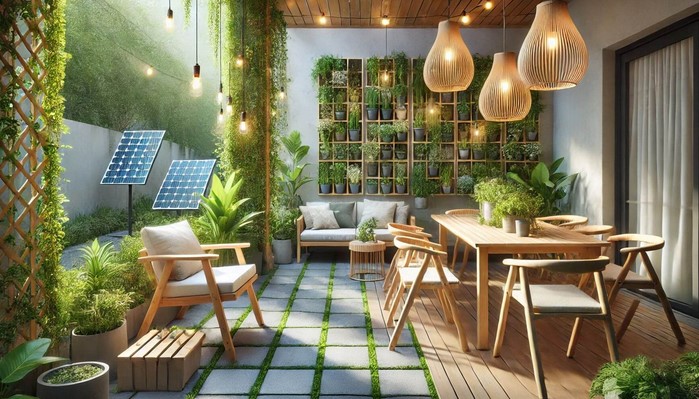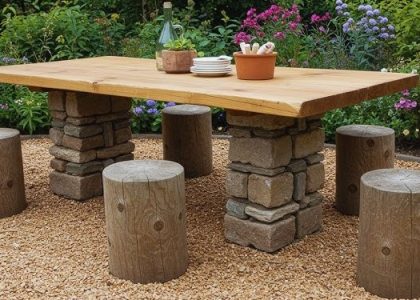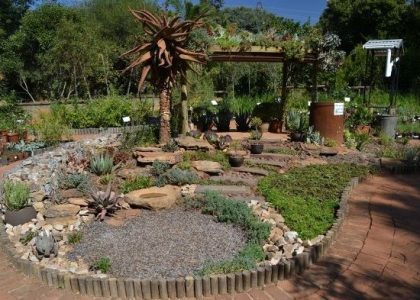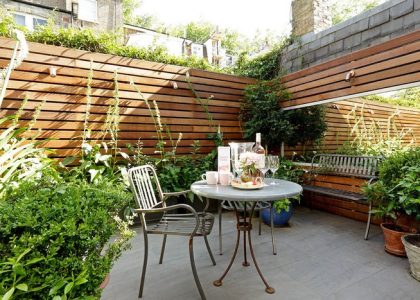
In a time when climate change and environmental responsibility are central to our daily choices, more homeowners are turning their attention to their outdoor spaces with sustainability in mind. Sustainable Garden Ideas for the Eco-Conscious Homeowner offer a practical and aesthetically pleasing way to reduce your carbon footprint, conserve natural resources, and support local biodiversity. Creating a garden that works in harmony with the environment doesn’t mean sacrificing beauty or functionality—in fact, it enhances both. Whether you have a small balcony, suburban backyard, or sprawling lawn, sustainable gardening can be tailored to suit any space or skill level.
Building a Foundation for a Sustainable Garden
Soil Health, Water Conservation, and Native Plants
The success of a sustainable garden begins below the surface—with the soil. Healthy soil is the foundation of all thriving plant life and a key factor in sustainability. Instead of relying on synthetic fertilizers, composting is an excellent way to nourish your garden naturally. Kitchen scraps, leaves, grass clippings, and yard waste can be turned into rich compost that improves soil structure, encourages beneficial organisms, and reduces landfill waste.
Equally important is water conservation. Traditional lawns and thirsty plant varieties can consume a significant amount of water, especially in arid climates. A sustainable garden prioritizes efficient water use through several strategies:
-
Drip irrigation systems: These deliver water directly to plant roots, minimizing evaporation and runoff.
-
Rainwater harvesting: Collecting rain in barrels or cisterns provides a renewable, cost-free water source.
-
Mulching: A thick layer of mulch helps retain soil moisture, regulate temperature, and suppress weeds.
Another cornerstone of sustainable gardening is the use of native and drought-tolerant plants. These species are well-adapted to the local climate and soil, meaning they require less maintenance, fewer chemical inputs, and minimal watering. Native plants also provide vital food and habitat for local pollinators, birds, and beneficial insects.
For example, homeowners in dry regions might choose lavender, salvia, or ornamental grasses, while those in wetter climates could opt for ferns, dogwoods, or native wildflowers. Matching plants to your site conditions ensures long-term resilience and supports the local ecosystem.
Eco-Friendly Gardening Practices
Minimizing Waste and Chemical Use
Sustainable gardening is as much about habits as it is about design. One of the most impactful practices you can adopt is integrated pest management (IPM), which emphasizes natural methods of pest control rather than chemical solutions. Encouraging birds, ladybugs, and predatory insects in your garden can keep pests in check without harming beneficial species or the environment.
Avoiding synthetic fertilizers and pesticides is another critical step. These products can leach into groundwater, harm non-target organisms, and disrupt soil health. Instead, opt for:
-
Organic fertilizers such as compost tea, fish emulsion, or seaweed extract.
-
Natural pest controls like neem oil, garlic spray, or diatomaceous earth.
-
Companion planting, where certain plants are grown together to repel pests or enhance growth (e.g., marigolds with tomatoes).
Reducing waste is another key aspect of sustainable gardening. Reuse materials whenever possible—old wooden pallets can become raised beds, and discarded bricks or stones can form borders or paths. Rather than discarding pruned branches or trimmed hedges, turn them into mulch or compost.
Also consider the long-term environmental cost of garden decor, containers, and furniture. Opt for items made from recycled, reclaimed, or sustainable materials such as FSC-certified wood, recycled metal, or biodegradable planters.
Lighting your garden responsibly is also worth noting. Solar-powered path lights and motion sensors reduce electricity use while providing illumination only when necessary, helping to preserve the natural rhythms of nocturnal wildlife.
Designing for Biodiversity and Resilience
Creating Habitats and Supporting Pollinators
One of the most rewarding aspects of sustainable gardening is the opportunity to support biodiversity directly from your backyard. Incorporating habitat elements such as birdhouses, bat boxes, bee hotels, and small ponds creates refuge for a variety of species that contribute to a balanced and healthy garden ecosystem.
Pollinator-friendly gardens, in particular, are essential as bee populations decline worldwide. Planting flowering herbs, native wildflowers, and shrubs that bloom at different times of the year ensures a continuous food source for bees, butterflies, and hummingbirds. Avoid hybrid or sterile plant varieties that produce little nectar or pollen.
Diversity in planting is also crucial. By mixing perennials, annuals, trees, shrubs, and groundcovers, you create a resilient garden that is less susceptible to pests and diseases. Grouping plants with similar water and light needs together also boosts efficiency and reduces maintenance.
Finally, consider reducing lawn space. Traditional grass lawns demand frequent watering, mowing, and chemical inputs. Replacing part or all of your lawn with native grasses, wildflower meadows, or groundcovers like clover not only saves resources but also creates more habitat for wildlife.
As awareness of environmental issues continues to grow, more homeowners are seeking ways to live and garden more sustainably. Implementing Sustainable Garden Ideas for the Eco-Conscious Homeowner provides a meaningful way to align your outdoor space with environmental values while creating a beautiful and inviting environment. From enriching your soil with compost and conserving water to using native plants and promoting biodiversity, sustainable gardening is both a personal and ecological investment. With every step, you contribute to a healthier planet, all while cultivating a garden that thrives naturally and responsibly.




